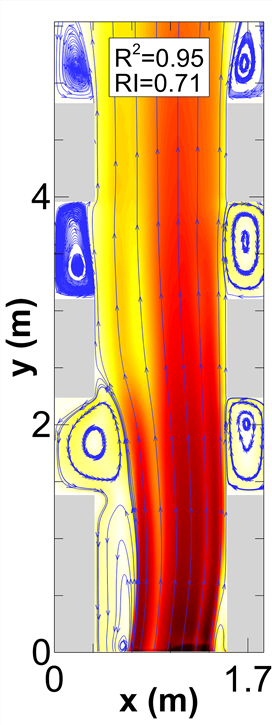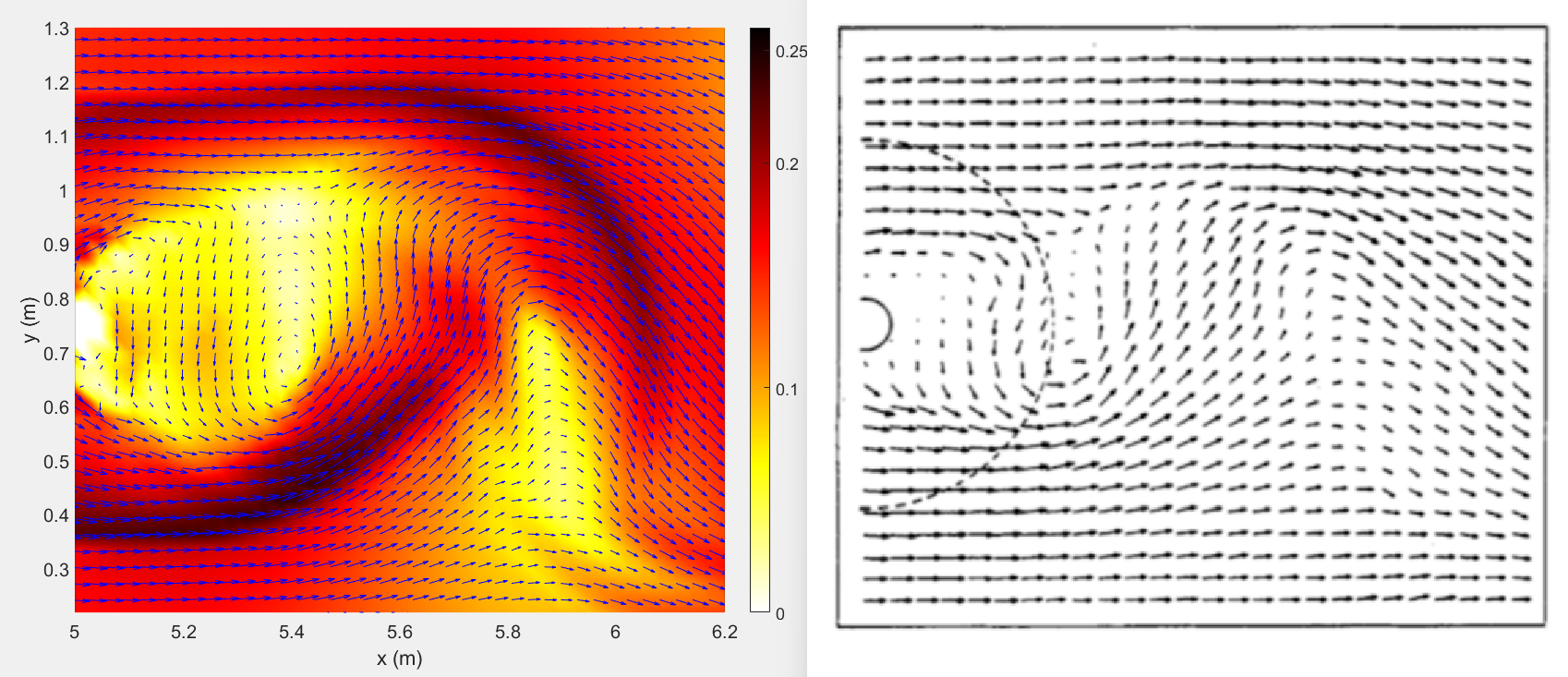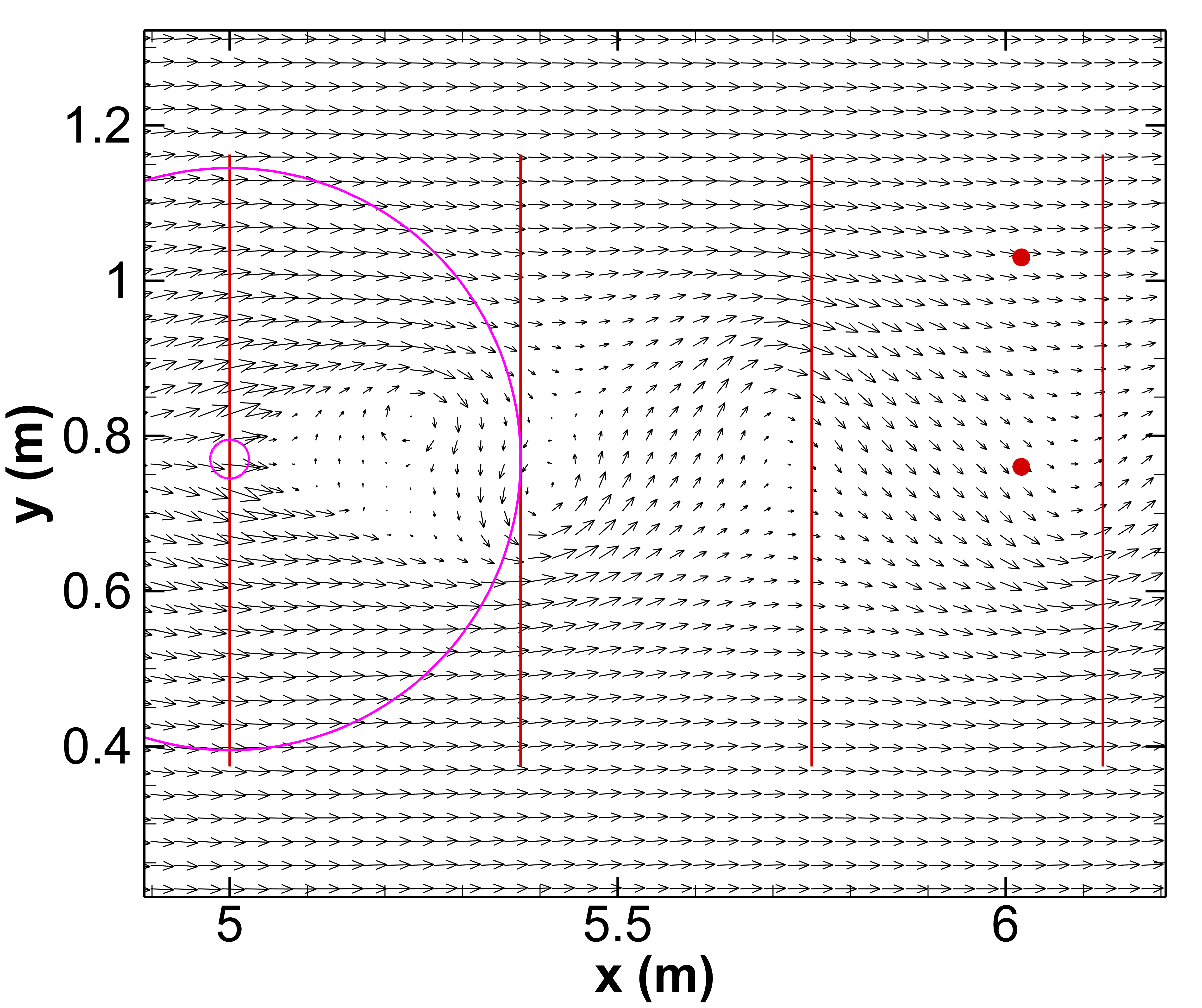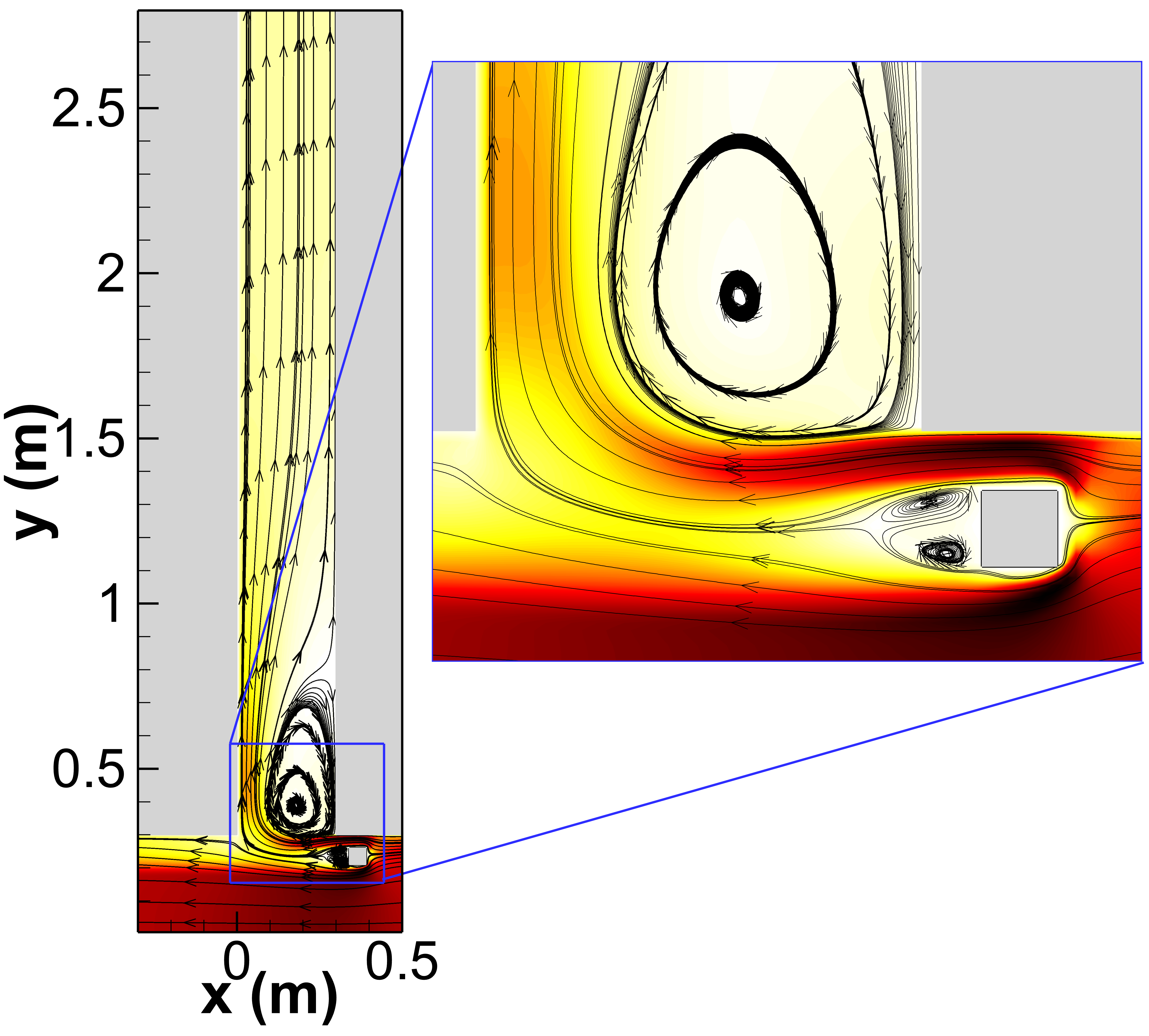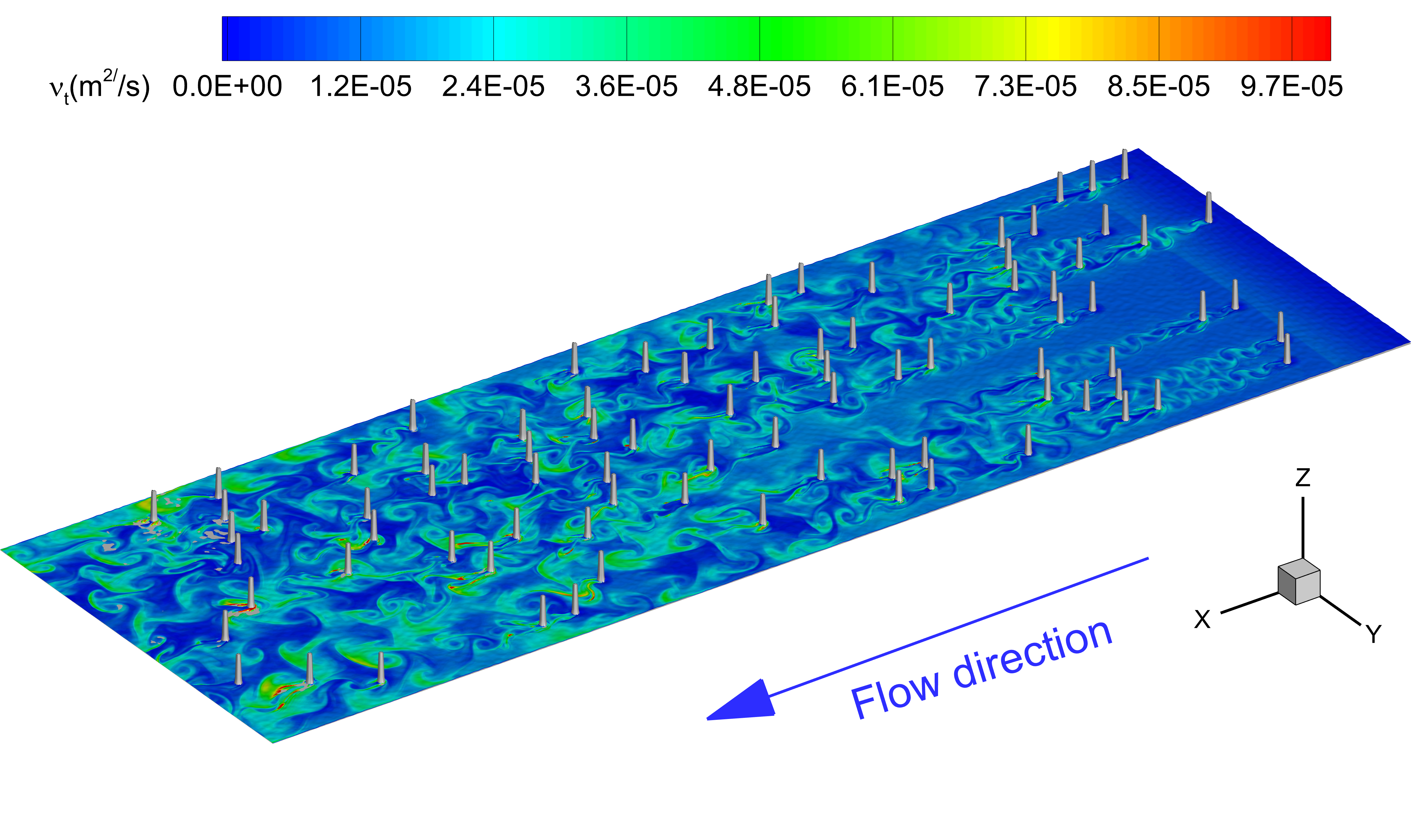SEAMLESS-WAVE

SEAMLESS-WAVE is a developing “SoftwarE infrAstructure for Multi-purpose fLood modElling at variouS scaleS” based on "WAVElets" and their versatile properties. The vision behind SEAMLESS-WAVE is to produce an intelligent and holistic modelling framework, which can drastically reduce iterations in building and testing for an optimal model setting, and in controlling the propagation of model-error due to scaling effects and of uncertainty due statistical inputs.
Using the DG2-RANS-k-ε turbluent flow solver (resp. the DG2-RANS laminar flow solver)
The DG2-RANS-k-ε turbulent flow solver (resp. DG2-RANS laminar flow solver) can be set-up and run on LISFLOOD-FP8.0 in the same way as any other uniform-grid solver (see “Input files and their format”).
In addition, a number of extra parameters need to be typed and initialised in LISFLOOD-FP8.0’s *.par file. These extra parameters are described in the Tale below:
Item name input |
Description |
|---|---|
turbulent |
Boolean keyword instructing LISFLOOD-FP to use DG2-RANS-k-ε |
laminar |
Boolean keyword instructing LISFLOOD-FP to use DG2-RANS |
inviscid |
Boolean keyword instructing LISFLOOD-FP to use the inviscid flow solver (DG2-SWE). By default, this flow solver is selected if none of laminar, turbulent and inviscid are pointed in *.par file |
DtRatioLimit |
Keyword followed by a decimal number. It sets the upper bound limit for the turbulent eddy viscosity $D_t$ = DtRatioLimit × $D_m$. The default value is 10,000 which means $D_t$ =0.01 |
TurbIntensity |
Keyword followed by a decimal number. It is the turbulence intensity $I$ and is used in the turbulent inflow boundary condition calculations. It is between 0 to 20%. The default value is 1%. The guidance for its value: Low-turbulence cases: 0%<I≤1% Medium-turbulence cases: 1%<I≤5% High-turbulence cases: 5%<I≤20% |
TurbViscousityRatio |
Keyword followed by a decimal number. It specifies the turbulent viscosity ratio $D_r$ which is used in the turbulent inflow boundary condition calculation. It is usually $D_r$ < 10. Its default value is 0.1 |
turboutput |
Boolean keyword instructing LISFLOOD-FP to write out ASCII raster files of the turbulent-flow variables $Hk$, H$\varepsilon$ and $D_t$. Their average values will be printed in files with the extensions of *.Hk, *.He and *.Dt. Their slope coefficients will be in files with the extensions of *.Hk1x, *.Hk1y, *.He1x and *.He1y. Without turboutput, there will not be any outputs for the turbulence-flow variables. |
startHkHe2d |
Boolean keyword instructing LISFLOOD-FP to read initial condition files for Hk and H$\varepsilon$ in ASCII raster format. It will read files with the extensions of *.Hk, *.Hk1x, *.Hk1y, *.He, *.He1x and *.He1y. Without startHkHe2d, $k$ = $k_{tol}$ = $10^{-12}$ and $\varepsilon$ = $\varepsilon_{tol}$ = $10^{-12}$ will be used. |
By default, the DG2-RANS-k-ε turbulent flow solver (resp. DG2-RANS laminar flow solver) will be run on multicore CPU. It is also possible to make the run on the GPU by further typing the item cuda in the the *.par file (see “Parameter file (.par)”).
The technicalities underpinning the turbulent flow DG2-RANS-k-ε solver (resp. laminar flow DG2-RANS solver), as well as the simpler (invicid) DG2-SWE solver, are all described in a pre-print Kesserwani et al. 2025 with validation for turbulent and laminar flow experimental benchmarks involving quasi-steady vortical structures. This is the pre-print accepted for publication in Advances in Water Resources.
Videos demonstrating the turbulent flow DG2-RANS-k-ε solver’s (resp. laminar flow DG2-RANS solver’s) performance for the most challenging test cases: a video will start after clicking on a test-case image from the list below.
“Recirculation flow in sharp building cavities”
In contrast to all the other experimental benchmarks, this benchmark involves a skewed (non-uniform distribution of) infow velocity components. Therefore, resolution-specific pre-processing of the inflow boudary was applied and can be activated by further typing these two items.
Item name input |
Description |
|---|---|
cavity_coarse |
Boolean keyword instructing LISFLOOD-FP to simulate the “Recirculation flow in sharp building cavities” benchmark test using the coarse grid (0.32 m) - |
cavity_fine |
Boolean keyword instructing LISFLOOD-FP to simulate the “Recirculation flow in sharp building cavities” benchmark test using the fine grid (0.16 m) -skewed infow is resolution specific |
